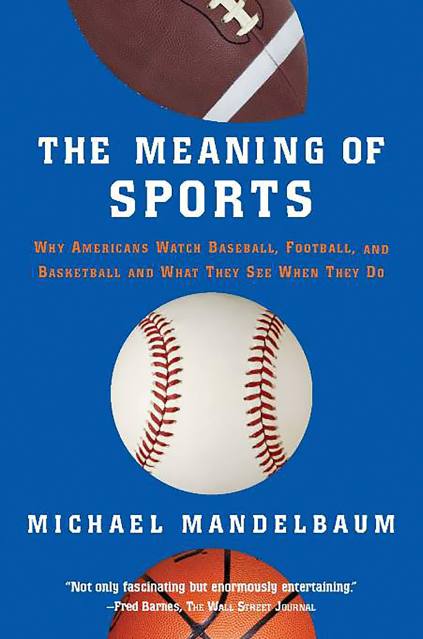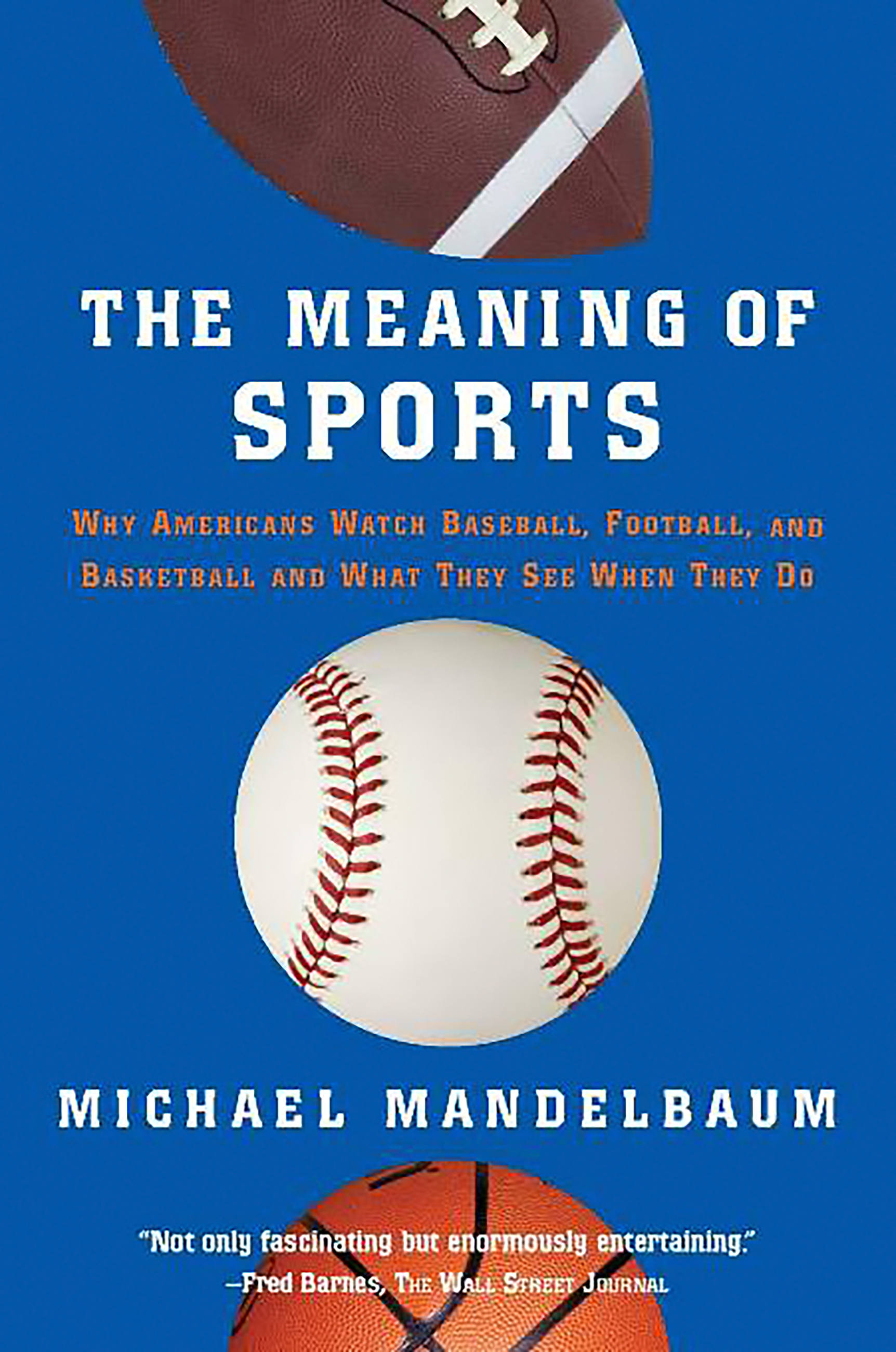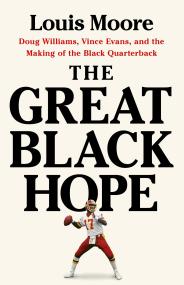Promotion
25% off sitewide. Make sure to order by 11:59am, 12/12 for holiday delivery! Code BEST25 automatically applied at checkout!
By clicking “Accept,” you agree to the use of cookies and similar technologies on your device as set forth in our Cookie Policy and our Privacy Policy. Please note that certain cookies are essential for this website to function properly and do not require user consent to be deployed.
The Meaning Of Sports
Contributors
Formats and Prices
- On Sale
- May 11, 2005
- Page Count
- 384 pages
- Publisher
- PublicAffairs
- ISBN-13
- 9781586483302
Price
$21.99Price
$28.99 CADFormat
Format:
- Trade Paperback $21.99 $28.99 CAD
- ebook $11.99 $14.99 CAD
This item is a preorder. Your payment method will be charged immediately, and the product is expected to ship on or around May 11, 2005. This date is subject to change due to shipping delays beyond our control.
Buy from Other Retailers:
Whether he is writing about baseball as the agrarian game, football as similar to warfare, basketball as the embodiment of post-industrial society, or the moral havoc created by baseball’s designated hitter rule, Mandelbaum applies the full force of his learning and wit to subjects about which so many Americans care passionately: the games they played in their youth and continue to follow as adults. By offering a fresh and unconventional perspective on these games, The Meaning of Sports makes for fascinating and rewarding reading both for fans and newcomers.
Newsletter Signup
By clicking ‘Sign Up,’ I acknowledge that I have read and agree to Hachette Book Group’s Privacy Policy and Terms of Use






